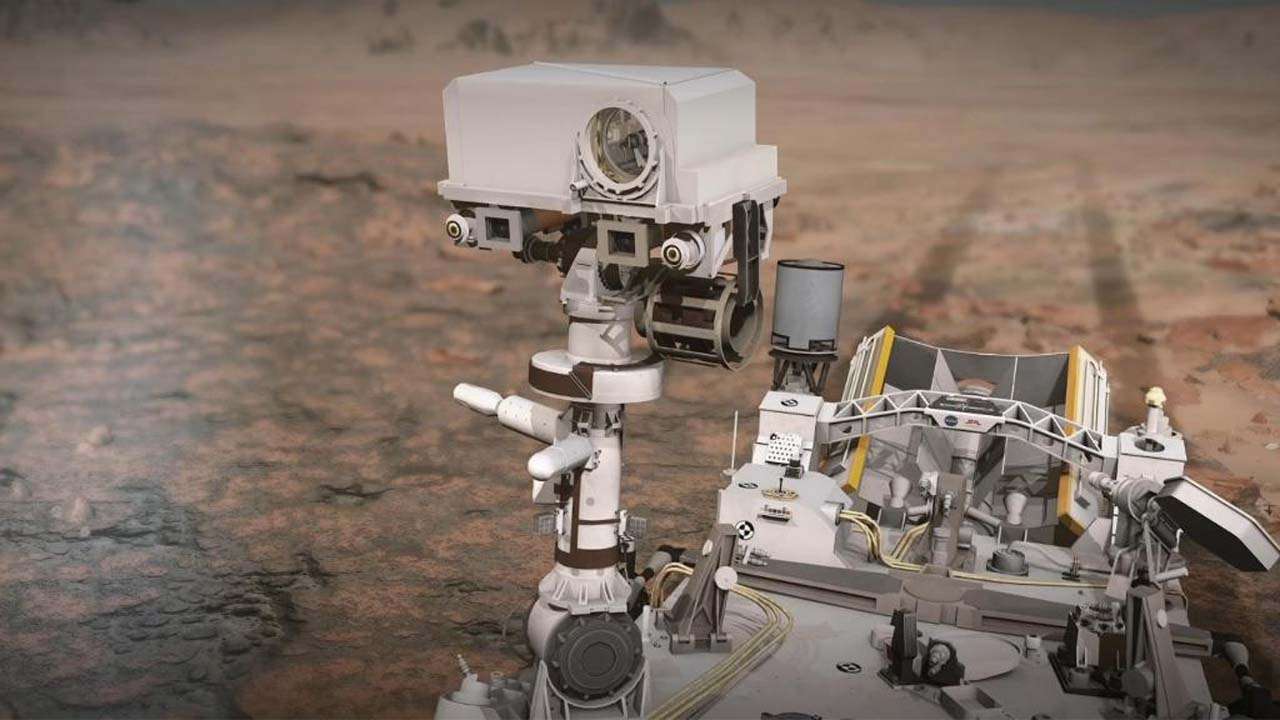
National Aeronautics Space Administration or NASA's Jet Propulsion Laboratory (JPL) released two historic audio recordings from the surface of Mars on Wednesday. Both recordings were taken using the rover's SuperCam, which is a rock-vaporizing instrument mounted on the 'head' of the rover's mast that will help scientists hunt for fossils on the red planet.
NASA obtained the audio from the instrument on February 19, around 18 hours after landing on the planet's Jezero Crater.
The first audio clip, recorded by Perseverance Mars rover's two microphones is that of the sound of the wind. NASA described the sound in their post on SoundCloud as 'listening to a seashell or having a hand cupped over the ear'.
The sound of the wind that has been recorded is very different from Earth due to the atmospheric pressure on the Red Planet. The sound recording is muffled and almost sounds as if it was recorded in the ocean while deep diving.
In the second clip, listeners can hear laser impacts on a rock target in audio that was taken on March 2. The acoustic recording of laser shots on Mars sounds more like a continuous snap. The sound was produced from the laser hitting a rock. The SuperCam is capable of firing laser at a target up to 23 feet.
"The sounds of 30 impacts are heard, some slightly louder than others. Variations in the intensity of the zapping sounds will provide information on the physical structure of the targets, such as its relative hardness or the presence of weathering coatings," NASA wrote in a caption.
SuperCam team member Naomi Murdoch, a researcher says that the sound of snaps will help to determine the hardness of the rock, whereas the spectrometer and camera will help reveal details about the composition.
For example, the rock zapped by the SuperCam has a basaltic composition which is common on both Earth and Mars. However, it is not yet clear whether the rock was volcanic or not.
NASA also shared how common sounds on Earth, like birds chirping, bells or whistles will be almost inaudible on Mars. The Mars 2020 rover marks the third time the microphone was sent to Mars.